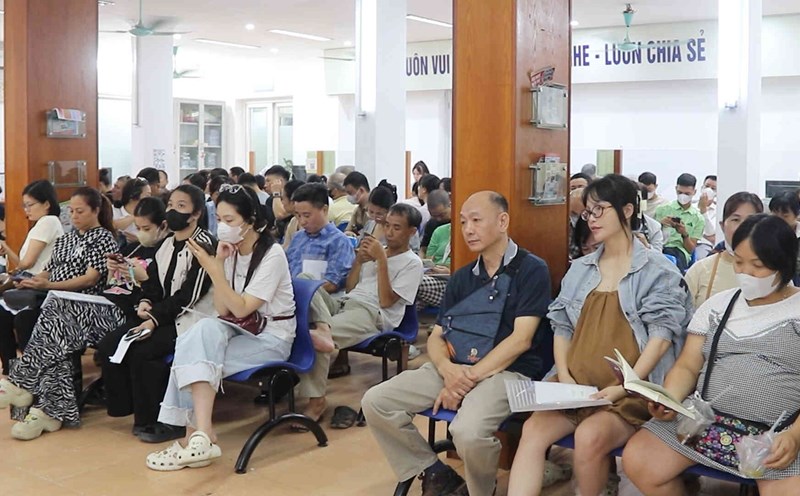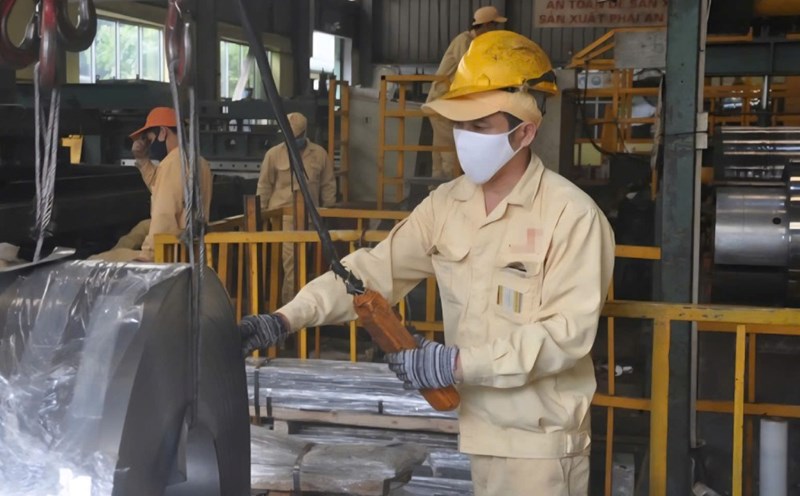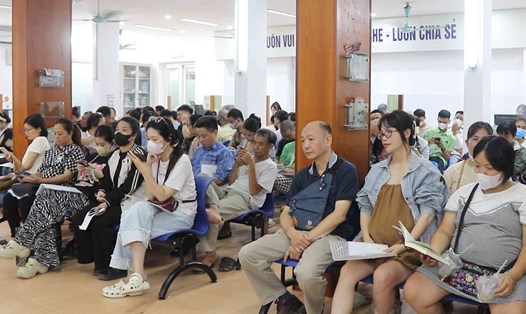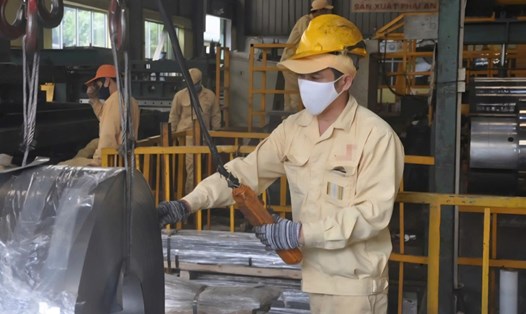According to a survey by the Hanoi Employment Service Center, the labor force in the capital increased from 4.12 million people in 2019 to 4.15 million people in 2024 and is estimated to reach 4.2 million people in 2025. The rate of employee participation remains high, ranging around 63-65%, showing a high level of willingness to work among working-age people.
However, the number of simple workers - the group of workers at the end of the skills scale (including machine operators and simple workers) is decreasing, showing the profound impact of technology on the capital's labor market.
The Hanoi Employment Service Center believes that the impact of technology transformation is increasingly increasing to the group of " cooperative and simple businesses". In 2023, the proportion of simple workers in Hanoi will account for 16.22% of the entire market - reflecting the economic downturn after the pandemic. At that time, this group played the role of "the last crop" in the labor market, absorbing a large part of the unemployed labor in other fields, and had to accept manual and seasonal work to maintain income. In 2024, the number of simple workers will decrease, showing that a part of the workforce has been able to return to more skilled and stable jobs.
In contrast to the cyclical changes of simple labor, the group of ages who assemble and transport machinery and equipment showed a steady and long-term downward trend, from 11.8% in 2019 to only 9.68% in 2024. This trend is a direct result of the technology transformation and automation process taking place in factories and industrial parks - where assembly and assembly works are gradually being replaced by machinery. At the same time, it reflects the shift in industrial structure, when labor-intensive factories shift to mountainous provinces, while Hanoi focuses on stages with higher added value.
The analysis of the Hanoi Employment Service Center also shows confidence in competitive pressure and "skills gaps" of the group of " experts and technicians". One worrying trend is the continuous and profound decline of the "high-level technical expertise" group, from 18.77% in 2019 to only 14.91% in 2024.
This decline can be explained by the combination of many factors. In the short term, the difficult economic period in 2023 has caused businesses to increase spending, leading to cuts or freezes the recruitment of high-level expert positions with high salary costs.
However, the deeper and more structural causes may come from increasingly fierce competition and the "intersection" between supply and demand of high-quality labor. The market is demanding new, interdisciplinary skills, especially in the field of digital technology and data analysis, while the higher education system may not be able to meet the requirements. This leads to a paradox of the market in which there is both an excess of qualified workers and a lack of experts with practical skills.
According to the Hanoi Employment Service Center, this situation poses a big challenge but also opens up an opportunity for Hanoi City. The main challenge is the risk of eroding the core competitiveness of the economy, wasting well-invested human resources and possibly leading to the risk of "grey bleeding".
However, this is also an opportunity for Hanoi to take the lead in strongly reforming the system of higher education and vocational training, promoting close linkage models between schools and businesses. Building training programs according to regulations, focusing on high-tech and digital economy sectors will be a strategic direction to fill the "skills gap", improving the substantial quality of the capital's team of experts and intellectuals.











